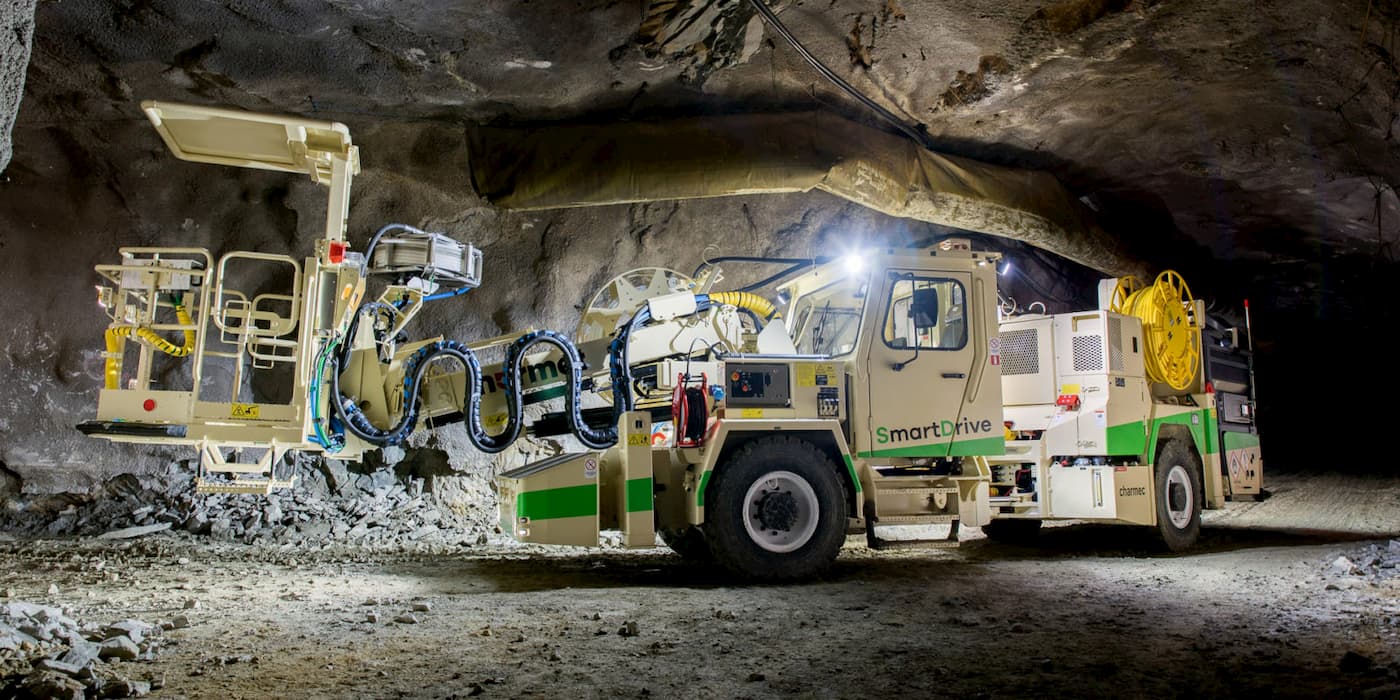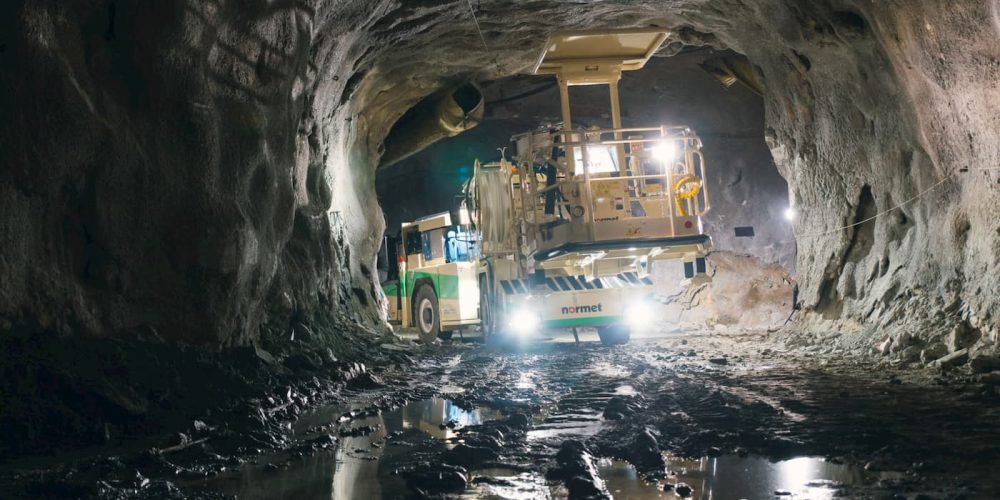
While you may notice more electric vehicles on the road today than ever before, the technology is now making its way to miners, the companies extracting the critical minerals needed to build EVs, ensure adequate global food supply, etc. A new contract to supply battery electric vehicles to the Jansen potash project (potentially the world’s largest potash mine) expects to slash carbon emissions in half compared to its peers. What if we could apply this technology to miners in the EV industry, creating a full circle sustainable supply chain?
BHP’s Jansen potash project is expected to be the largest of its kind, with initial capacity forecasts of 4.3 to 4.5 Mtpa.
Potash is often found in fertilizer and is a rich source of potassium, a mineral essential for our health. Since potassium is not produced by the body naturally, it must be consumed through food. Potash is the most commonly used potassium fertilizer, but over 70% is based on conventional underground mining that uses heavy-duty equipment to extract it.
Although underground mining can release half the CO2 emissions of open-pit mining, the company is taking it further by introducing several battery electric vehicles.
Normet Canada, the mining company behind the project, was awarded a new contract to use battery electric vehicles at the Jansen potash project, including 10 underground EV loaders and one electric tethered loader.
With these heavy-duty electric vehicles, BHP says the Jansen project is forecast to reduce CO2 emissions by 50% compared to the Saskatchewan potash mine.
The electric vehicle deliveries are expected to begin in March 2023 and run through 2024, which will work perfectly as the miners aim to start production in 2026.
Like potassium is critical for humans, electric vehicles also require certain minerals such as lithium and nickel. These miners are looking for ways to build on the momentum electric vehicles are establishing in reducing carbon emissions, completing a complete sustainability supply chain. Several companies are now working to make this a reality.

Miners using electric vehicles can complete the sustainability supply chain
Almost every automaker has set its intentions to scale production of its electric vehicles to meet the growing demand for zero-emission cars while setting carbon reduction targets.
For example, GM is going all-electric by 2035, Ford looks to produce 2 million EVs annually by 2026, and Volkswagen plans to be fully electric in Europe by 2035, while North America follows.
Tesla, only selling electric cars, continues breaking records with 343,000 EVs delivered in Q3 on its way to producing 20 million annually.
However, getting to these numbers will require mining. A few companies have already begun working to build a sustainable EV supply chain.
Snow Lake Lithium outlined its plans in February to develop the world’s first all-electric lithium mine, one of the most critical minerals used to build EV batteries. The mining company’s CEO said at the time if you are going to mine for these resources that will be used to protect the environment, then obtaining them must also be done in a sustainable matter.
The company is working with Meglab, an electrical equipment provider and mining solutions company, to make the dream a reality.
There are operations around the world working to reduce emissions in the mining sector. In July 2021, Opibus (now ROAM) converted a Toyota Land Cruiser fitted with an electric powertrain to use a mining vehicle.
Miners using electric vehicles can significantly reduce the heat and carbon exposure they typically experience with diesel-powered equipment. Furthermore, EV mining technology can cost less as it requires less ventilation and cooling.
The point is, as the auto industry transitions to electric vehicles, companies are figuring out ways to build on the momentum EVs are establishing in reducing emissions. If miners get on board, it will come full circle, creating a complete sustainable EV supply chain.
FTC: We use income earning auto affiliate links. More.




Comments